For most of us, food is about nourishment, taste, and enjoyment. But across the world, some foods pose a serious risk—yet people continue to eat them. Whether due to tradition, necessity, or the thrill of danger, these potentially lethal foods remain part of many diets.
Would you risk eating something that could kill you? Let’s explore 10 of the most dangerous foods in the world and why they’re still consumed despite the risks.
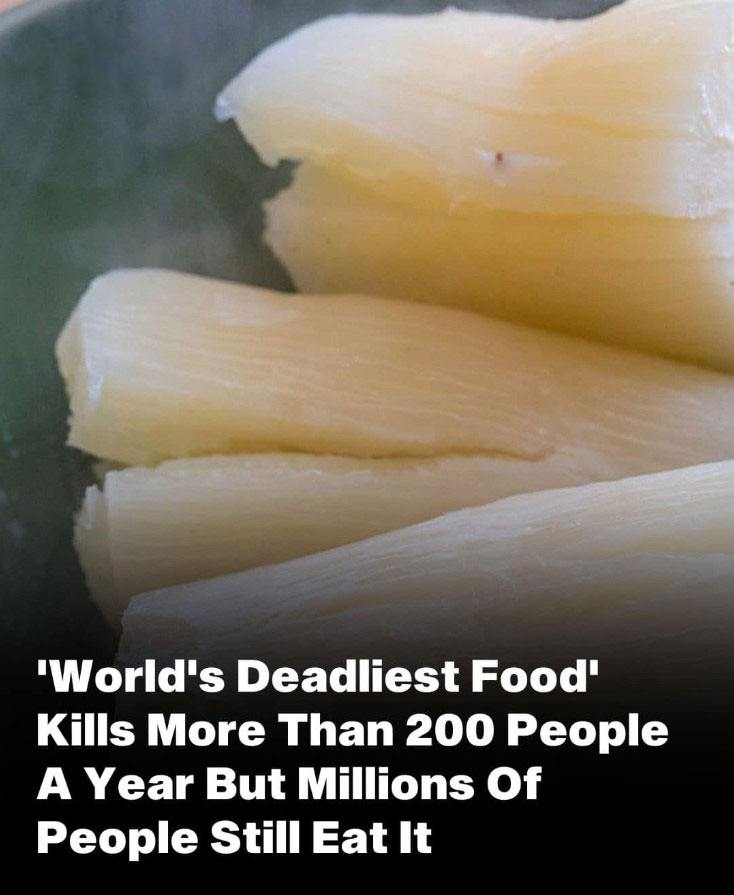
Cassava – The Cyanide-Laced Staple
Cassava, also known as yuca or manioc, is a lifeline for over 800 million people in more than 80 countries. This root vegetable is drought-resistant, easy to grow, and packed with carbohydrates.
But here’s the catch: Cassava contains cyanide.
If eaten raw or improperly processed, cassava releases cyanide, which can cause paralysis, goiters, and even death. The World Health Organization (WHO) estimates that cassava poisoning kills around 200 people per year, earning it the title of the “world’s deadliest food.”
How to Make It Safe
To remove the toxins, cassava must be soaked, fermented, dried, or boiled before eating. These methods significantly lower cyanide levels, making it safe for consumption. For millions, eating cassava isn’t a choice—it’s a necessity for survival.
Video: Top 10 Most Dangerous Foods People Still Eat (You Won’t Believe!)
Fugu – The Deadly Delicacy
Fugu, or pufferfish, is a luxury dish in Japan, known for its exhilarating risk factor. The problem? It contains tetrodotoxin, a poison that is 200 times deadlier than cyanide.
Why Is It So Dangerous?
Tetrodotoxin poisoning starts with a tingling sensation around the mouth, quickly leading to paralysis and death. What’s even scarier? There is no known antidote. The victim remains conscious until the very end.
Why Do People Eat It?
Despite the risks, fugu is a prized delicacy. Only licensed chefs with years of training are allowed to prepare it, carefully removing the toxic organs. The thrill of eating fugu—knowing a tiny mistake could be fatal—is part of its appeal.
Starfruit – A Hidden Neurotoxin
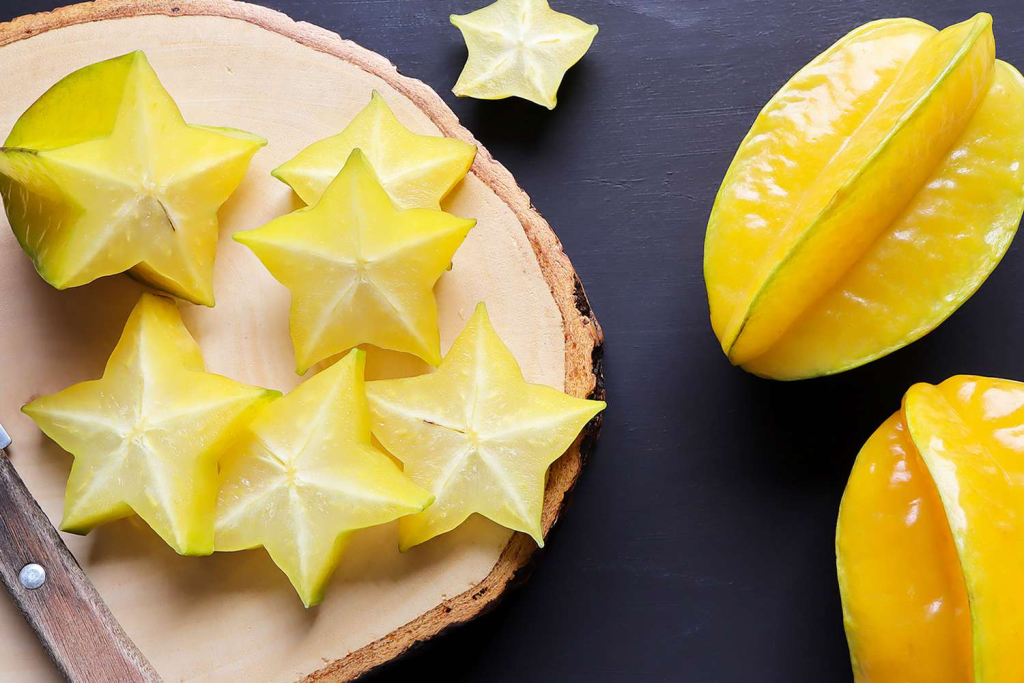
Starfruit may look like a harmless, sweet treat, but it contains a neurotoxin that can be deadly for people with kidney disease.
What Happens If It’s Eaten?
For those with kidney issues, this toxin builds up in the body, causing hiccups, confusion, seizures, and even death within hours.
Is It Safe for Healthy People?
Yes, if your kidneys function normally, starfruit is completely safe. It’s packed with vitamin C, antioxidants, and potassium, making it a popular choice for a healthy diet.
Cherry Pits and Apple Seeds – Sweet but Deadly
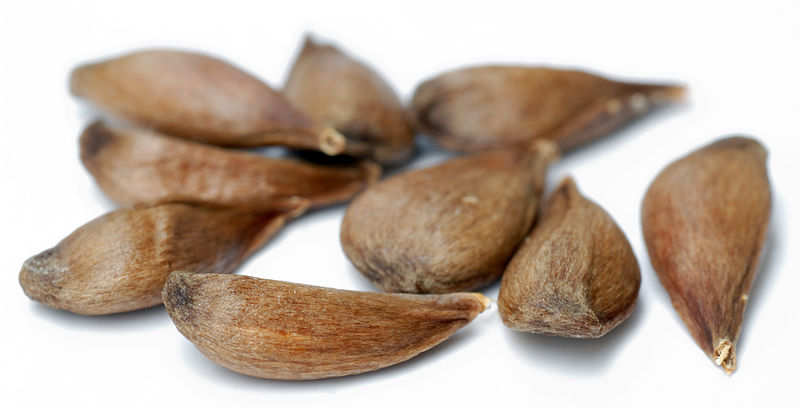
Cherries and apples are delicious, but did you know their seeds contain cyanide?
How Dangerous Are They?
When crushed or chewed, cherry pits and apple seeds release amygdalin, which turns into cyanide in the body. Consuming large amounts can cause dizziness, difficulty breathing, and even fatal poisoning.
How to Stay Safe
Eating the fruit itself is harmless—just avoid chewing or crushing the seeds. Swallowing a whole seed or pit won’t harm you, but breaking them open releases toxins.
Green Potatoes – A Toxic Side Dish
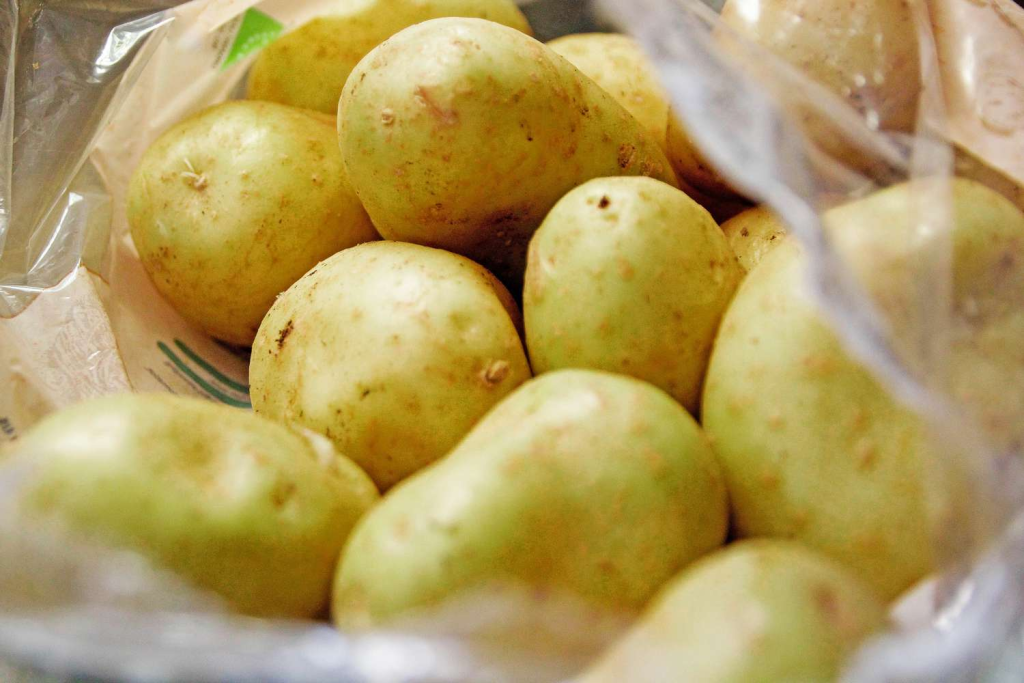
When potatoes turn green, they produce solanine, a natural toxin that can cause vomiting, headaches, paralysis, and coma in high doses.
What Causes the Toxin?
Exposure to light and improper storage increases solanine levels in potatoes.
How to Eat Them Safely
Potatoes with green skin, sprouting eyes, or a bitter taste should be discarded. Proper peeling and cooking help reduce toxin levels.
– Nature’s Hidden Danger
Raw cashews aren’t actually raw—they’ve been heat-treated to remove urushiol, the same toxin found in poison ivy.
Why Are Raw Cashews Dangerous?

Eating truly raw cashews can cause severe skin rashes, burns, and allergic reactions. In extreme cases, urushiol exposure can lead to life-threatening complications.
How Are Cashews Made Safe?
All cashews sold as “raw” in stores have been steamed or roasted to eliminate the toxin, making them completely safe to eat.
Nutmeg – A Spice with a Dark Side
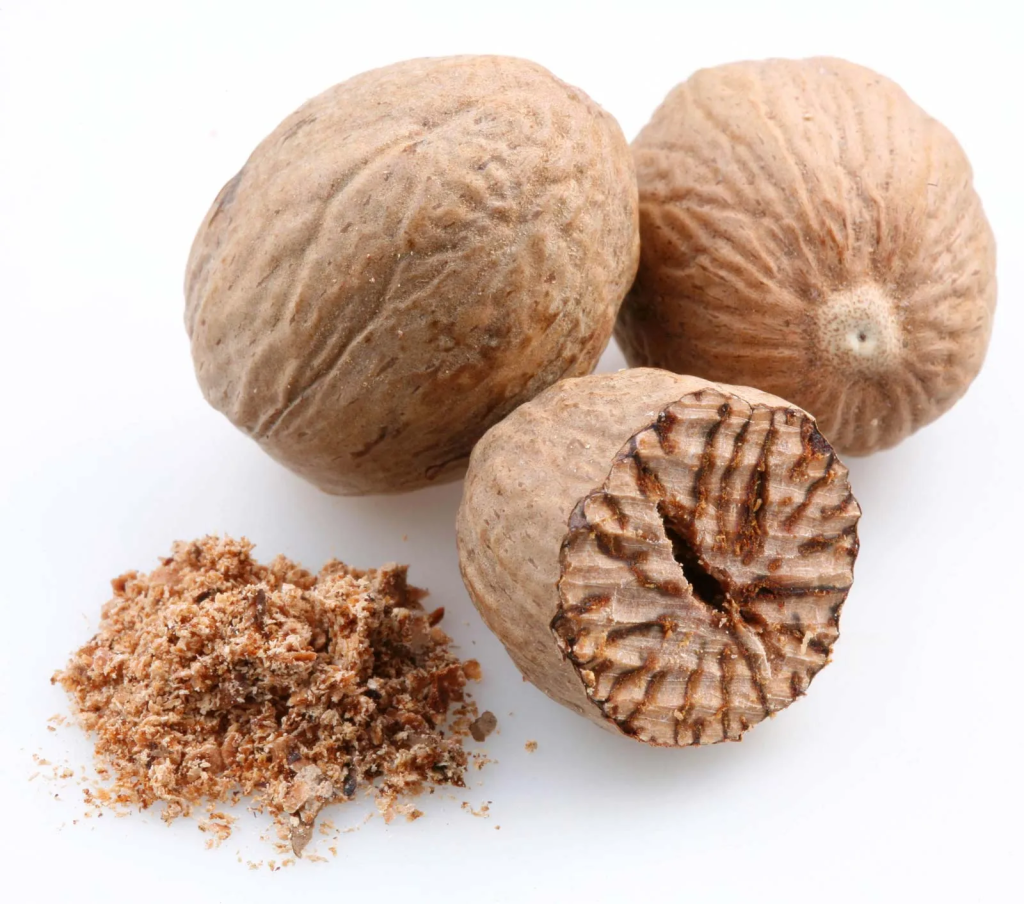
Nutmeg is a common spice used in holiday treats, but in high doses, it can cause hallucinations, nausea, rapid heartbeat, and seizures.
How Much Is Dangerous?
Consuming as little as two teaspoons of nutmeg can trigger severe symptoms that last for days or even weeks. In extreme cases, people have experienced psychosis for months.
Why Do People Still Use It?
Nutmeg adds warmth and depth to many dishes, but it should always be used in small amounts to avoid toxicity.
Wild Mushrooms – Fatal Fungi
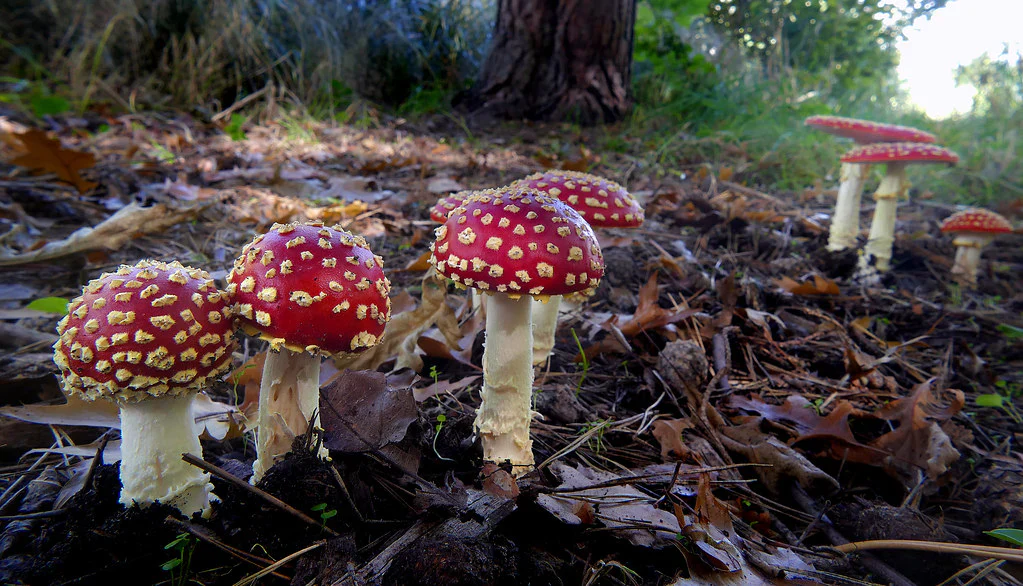
Some wild mushrooms look harmless but contain deadly toxins that can cause liver failure, organ shutdown, and death.
Why Are They Dangerous?
The death cap mushroom, for example, is responsible for the majority of fatal mushroom poisonings worldwide. It resembles edible varieties, making it especially dangerous for foragers.
How to Stay Safe
Unless you’re a mushroom expert, avoid foraging. Stick to store-bought mushrooms, which are completely safe.
Rhubarb Leaves – A Poisonous Plant

Rhubarb stalks are used in pies and jams, but its leaves are toxic.
What Makes Rhubarb Leaves Poisonous?
They contain oxalic acid, which, in large amounts, can cause kidney failure.
How to Eat Rhubarb Safely
Simply discard the leaves and eat only the stalks. They’re completely safe and have a tart, tangy flavor perfect for desserts.
Raw Kidney Beans – Small but Deadly
Raw kidney beans contain phytohaemagglutinin, a toxin that can cause severe vomiting, stomach cramps, and diarrhea within hours.
How to Make Them Safe
Boiling kidney beans for at least 10 minutes destroys the toxin. However, cooking them at low temperatures (like in a slow cooker) can actually increase their toxicity. Always ensure beans are properly boiled before eating.
Final Thoughts
Despite their deadly potential, many of these foods remain a part of diets around the world. Whether it’s necessity, tradition, or the thrill of danger, people continue to eat them—but always with caution.
Would you dare to try any of these risky foods? Let us know in the comments, and don’t forget to share this article with your friends!


